34 found, showing page 2 of 3
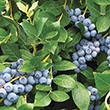
Duke' is a late bloomer and early-ripener, producing beatiful pinkish-white flowers in late spring and large, flavorful berries that ripen late-May to early-June. It produces consistently abundant crops and flourishes when paired with other pollinating varieties. This plant will reach 4-6' tall and wide and its extremely large berries have been known to grown as large as a quarter. Their tangy-sweet flavor makes them great for fresh eating, preserves and baking.

The 'Perpetua' is an evergreen variety that lives up to its name, producing two crops of berries a year. This variety produces delicious, sweet berries that ripen their first crop in early-July and their second in early-October. This plant stays 4-5' tall and wide and keeps a compact, upright shape. Dark green leaves will mix with deep red tones into fall and winter.
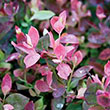
Pink Icing' is known for its striking foliage and large, robust berries. This variety gets 3-4' tall and wide and is perfect for patio and small space gardening. Foliage varies through shades of pink, turquoise and lavendar as the seasons change. Loose, sweet clusters of extra-large berries will ripen in July, and the crop will be more abundant when paired with pollinating varieties.
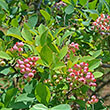
The 'Pink Popcorn' variety produces creamy pink berries that darken as they ripen. Berries are firm and sweet. This variety grows 4-5' tall and wide and is one of the few blueberry varieties that can handle zone 4 climate. With white flowers emerging in spring and orange-red foliage in the fall, this plant has year round interest.

The American boxwood is a slow-growing, densely compact variety that is commonly used in hedging. It can grow 6-10' tall and wide at maturity, but is generally pruned to a manageable size.

The American boxwood is a slow-growing, densely compact variety that is commonly used in hedging. It can grow 6-10' tall and wide at maturity, but is generally pruned to a manageable size.
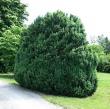
The American boxwood is a slow-growing, densely compact variety that is commonly used in hedging. It can grow 6-10' tall and wide at maturity, but is generally pruned to a manageable size.
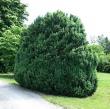
The American boxwood is a slow-growing, densely compact variety that is commonly used in hedging. It can grow 6-10' tall and wide at maturity, but is generally pruned to a manageable size.
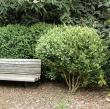
The American boxwood is a slow-growing, densely compact variety that is commonly used in hedging. It can grow 6-10' tall and wide at maturity, but is generally pruned to a manageable size.

--

The American boxwood is a slow-growing, densely compact variety that is commonly used in hedging. It can grow 6-10' tall and wide at maturity, but is generally pruned to a manageable size.
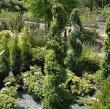
The American boxwood is a slow-growing, densely compact variety that is commonly used in hedging. It can grow 6-10' tall and wide at maturity, but is generally pruned to a manageable size.
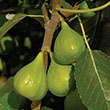
Lattarula' figs are a type of Italian honey fig. These fruits have a sweet, amber flesh and are great for fresh eating, drying and canning. They produce one crop in late-July and one in mid-September. They will average at 8-10' tall and 6-8' wide.
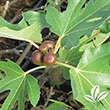
This compact variety grows 4-6' tall and 3-4' wide and is great for container gardening. 'Little Miss Figgy' produces dark purple fruits with sweet, rich amber flesh. This variety gives a consistent, abundant crop and can even continue fruit production when brought inside for the winter.
34 found, showing page 2 of 3